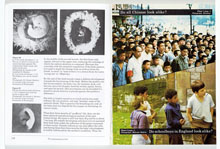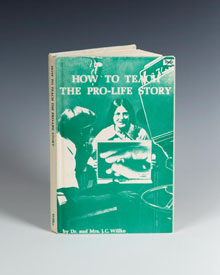The Control of Life

Part of the 2004 Cambridge University Student Union Survival Guide safer sex pack, part-funded by the University’s HIV and Sexual Health Working Group. Cambridge University Archives, STU 7
Sex was news, as artificial insemination and the oral contraceptive pill symbolized the power of science to control fertility. From hospitalized childbirth to genetic testing, reproduction became increasingly technological in the 1960s. Curriculum reforms brought the scientific facts of life into schools and the new photojournalism put eggs and embryos on the covers of mass-circulation magazines. The pill heralded a new world of sexual experimentation, while feminists attacked high-tech obstetrics and developed alternative visions of reproductive rights and women’s health. After abortion was legalized ‘pro-life’ and ‘pro-choice’ movements fought to control the terms of an increasingly violent media debate. Newspapers juxtaposed fears of test-tube babies with intimate stories of couples hoping to conceive children. Today Hollywood blockbusters and internet chatrooms dramatize dilemmas of reproductive choice: babies are made as much on screen as in bedrooms or clinics.




